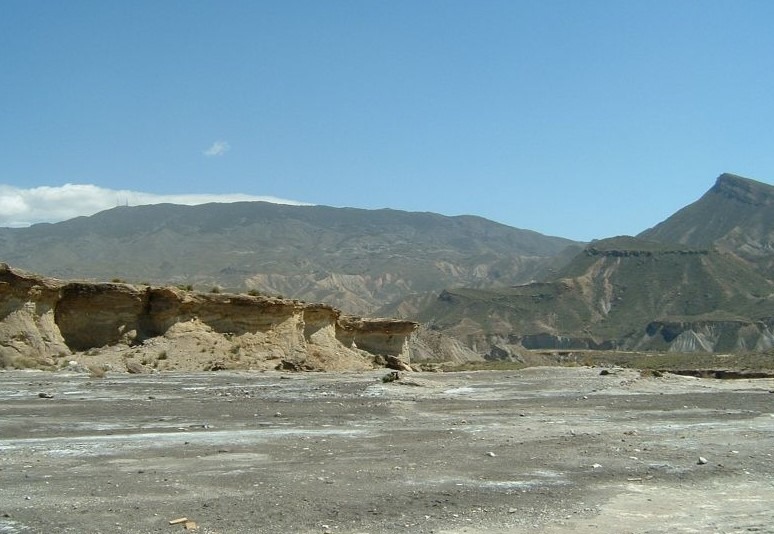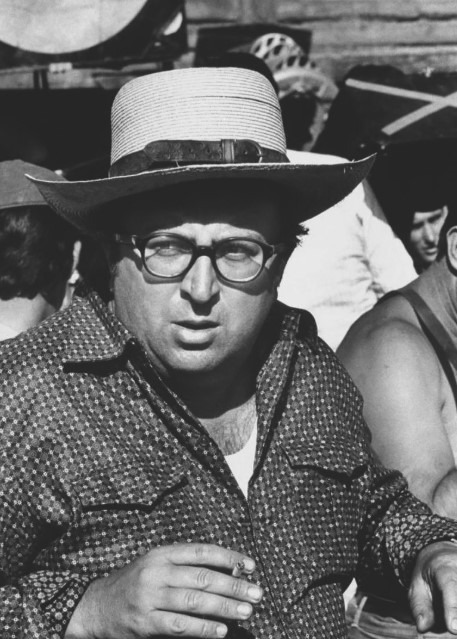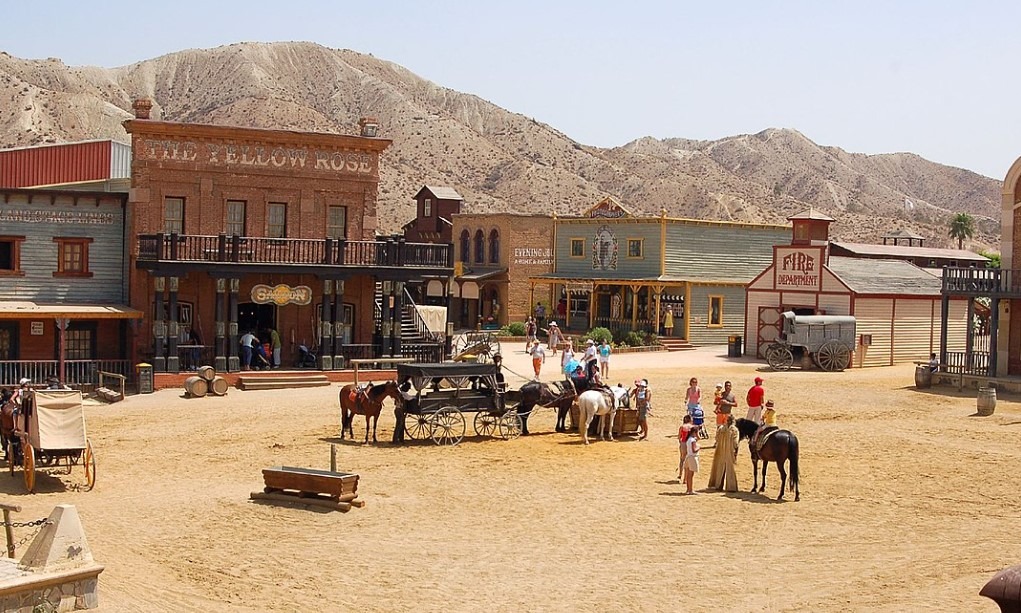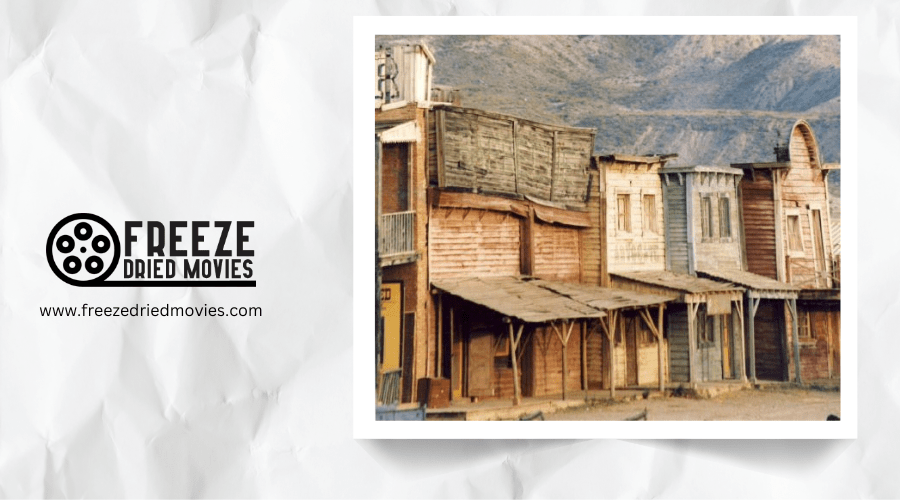Why Almería Became the Ultimate Spaghetti Western Backdrop

When you picture America's Wild West, you're probably imagining Almería, Spain. This sun-scorched region in southern Spain transformed cinema history when Italian directors discovered its barren landscapes in the 1960s. You can still visit the dusty plains where Clint Eastwood squinted into the distance and Leone crafted his masterpieces. What made this Spanish desert so perfect for depicting the American frontier? The answer involves artistic vision, economics, and a landscape that seems designed specifically for dramatic showdowns.
The Birth of Spaghetti Westerns in Southern Spain
Something extraordinary happened in the sun-baked terrain of Almería, Spain during the mid-20th century. This arid landscape sparked a cinematic revolution that would transform Western films forever.
When Italian filmmakers discovered Almería's desert-like scenery, they recognized it as the perfect substitute for America's Wild West. The region's stark deserts, rugged canyons, and abandoned villages created authentic backdrops for tales of lawlessness and redemption.
Sergio Leone pioneered this movement, using Almería's striking vistas to craft his legendary Dollars Trilogy. These modestly-budgeted productions earned the nickname "Spaghetti Westerns" due to their Italian origins. Leone's collaboration with Clint Eastwood introduced viewers to morally complex characters who roamed through Almería's dusty landscapes, forever changing how audiences viewed the Western genre.
While John Wayne became famous through more traditional American Westerns, Almería provided the backdrop for films that challenged the rugged individualism and frontier justice that Wayne's characters typically embodied.

Almería's Desert Landscapes: America's Wild West Doppelgänger
The stark beauty of Almería's Tabernas Desert unfolds like a geological mirage—a Spanish terrain so convincingly American that it fooled moviegoers for decades. When you stand amid the sun-baked canyons and weathered badlands, you're experiencing the same dramatic vistas that made Sergio Leone's "Dollars Trilogy" visually unforgettable.
The Tabernas Desert's uncanny resemblance to the American Southwest offered filmmakers budget-friendly production without sacrificing visual impact. The whisper-inducing landscapes naturally heightened the tension of those legendary Spaghetti Western showdowns.
Today, you can walk through these cinematic badlands, visiting abandoned film sets that stand as monuments to Almería's golden era. Just like Monument Valley's formations in American Westerns, Almería's distinctive terrain served as more than backdrop—its vast horizons and vistas became essential characters that amplified the untamed essence of the reimagined Wild West.

Sergio Leone and the Creation of a Film Legacy
Visionary genius Sergio Leone transformed cinema forever when he pointed his camera at Almería's dusty plains, creating a visual language that would redefine the Western genre. His "Dollars Trilogy" thrust this Spanish landscape into global prominence, turning Almería into the quintessential Spaghetti Western backdrop.
When you watch Leone's masterpieces, you're witnessing how he leveraged Almería's cost-effective locations to craft epic narratives that Hollywood's studio-bound Westerns couldn't match. The director's ingenious use of the region's stark deserts and abandoned villages provided the perfect canvas for his morally complex characters.
The collaboration between Leone's distinctive visual style and Morricone's haunting scores cemented Almería's place in film history. Through Clint Eastwood's "Man with No Name," Leone immortalized these Spanish landscapes as the definitive Spaghetti Western setting. Eastwood's steely gaze and subtle gestures brought these landscapes to life, creating a new kind of screen hero that revolutionized the genre.

Walking in Clint Eastwood's Footsteps: Iconic Film Locations Today
Decades after Eastwood's poncho-clad silhouette first appeared against Almería's rugged horizon, film enthusiasts can now trace his legendary path through the Tabernas Desert's weathered landscapes. These iconic Spaghetti Western locations remain remarkably preserved in Spain's only true desert.
Local tour operators offer guided walks where you'll stand exactly where Clint Eastwood once stood, including the famous "Crocodile Rock" scene from The Good, The Bad and The Ugly. Photographer Ramon's comparative work helps visitors visualize how these cinematic landmarks have evolved over time.
- Experience the authentic backdrop of Leone's Dollars Trilogy through specialized walking tours
- Compare today's desert badlands with original film scenes using Ramon's photo comparisons
- Visit official filming locations documented on Eastwood's website for the complete Spaghetti Western pilgrimage
The Tabernas Desert: From Barren Wasteland to Cinematic Gold
Beyond Spaghetti Westerns, the Tabernas Desert's versatile terrain has hosted production crews from "Lawrence of Arabia," "Cleopatra," and "Indiana Jones and the Last Crusade." Today, you can walk these historic filming locations through guided tours, following in Eastwood's dusty footprints.
Photographer Ramon's work allows you to compare these iconic sites as they appeared on screen with their current state, offering a fascinating glimpse into cinema history preserved in this once-barren wasteland.

Mini Hollywood and Other Western-Themed Attractions
While the real movie sets from the golden era of Spaghetti Westerns have largely disappeared, Mini Hollywood stands as a memorial to this cinematic legacy in the heart of the Tabernas Desert. This popular theme park recreates the authentic atmosphere where Clint Eastwood once scowled across dusty streets.
At Western Leone, you'll find a more immersive experience with live action performances and meticulously crafted town sets.
- Watch thrilling gunfight shows where actors recreate classic Western standoffs
- Ride horses through the same desert landscapes that served as backdrops for iconic films
- Join guided tours to actual filming locations used in "The Good, the Bad and the Ugly"
The town of Tabernas itself preserves original structures used in various productions, allowing you to walk the same paths as legendary Western characters.
How Almería's Geography Shaped the Spaghetti Western Aesthetic
When Sergio Leone first gazed upon Almería's sun-scorched landscapes in the early 1960s, he discovered the perfect canvas for his revolutionary vision. The stark deserts, rugged canyons, and abandoned villages whispered tales of moral ambiguity that would define the Spaghetti Western genre.
You'll notice how the Tabernas Desert's otherworldly terrain created an authentic backdrop of lawlessness and redemption. This barren wilderness allowed Leone's "Dollars Trilogy" to immerse viewers in a world where heroes and villains blurred beneath the relentless Spanish sun.
Almería's deserts offered more than just dramatic scenery—they provided cost-effective filming locations where directors could craft grand narratives on modest budgets. The distinctive Spanish flavor transformed traditional Western settings, giving Spaghetti Westerns their unique, gritty aesthetic that continues to influence filmmakers today.
The Cultural and Economic Impact of Western Filmmaking on Almería
The cinematic gold rush that swept through Almería's desert landscapes in the 1960s transformed this once-quiet Spanish province into a bustling hub of international filmmaking. As directors created film masterpieces like "The Good, the Bad and the Ugly," they weren't just shooting movies—they were planting economic seeds that would flourish for generations.
You'll find former Spaghetti Western locations now serving as tourist attractions, with thousands visiting annually to walk the same ground as cinema legends. Local economies continue to benefit from film tourism, with guided tours of famous movie locations generating sustainable income. Cultural festivals celebrating these iconic productions have become cornerstone events, preserving Almería's unique cinematic heritage.
Today, Almería's identity remains inseparable from its silver screen legacy.
Gernot Keller, www.gernot-keller.com, 2007-12-18-04706 Spain Almeria edited, CC BY-SA 2.5



